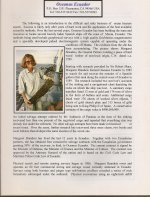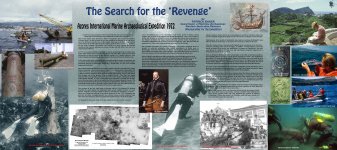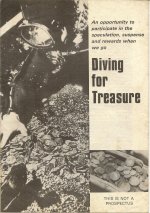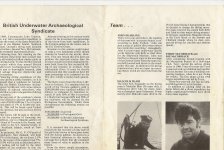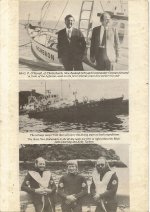- Jan 21, 2016
- 323
- 764
- Detector(s) used
- underwater
- Primary Interest:
- Shipwrecks
I was given research from a guy who’s dad travelled the world salvaging and looking for shipwrecks, unfortunately he passed away recently, he was one of the first wreck hunters, most of it was East coast of Africa, far East and Azores, but I found a lot from lady, is she still alive?
